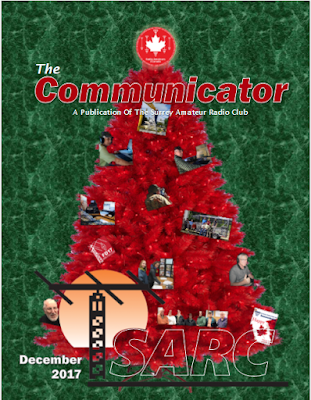What Direction To Take?
Calling members of SARC and our readers worldwide to participate. Our hobby has seen changes over the last century, from nothing through significant DIY, to sophisticated computer-radio combinations. How will our current membership enhance this legacy; how do our current “Elmers” see the future; what changes at the club level will best move this knowledge into the future.
 Myself, as with many hams, employment and family building put radio into the background only to come alive as the nest empties. This 25-year break opened my eyes to the huge differences; when I left transceivers were just coming in and being cautious of interference was between my station and the public. That has reversed.
Myself, as with many hams, employment and family building put radio into the background only to come alive as the nest empties. This 25-year break opened my eyes to the huge differences; when I left transceivers were just coming in and being cautious of interference was between my station and the public. That has reversed.
Now, about driving that legacy: “What direction should a club take to guide/drive our future?” Here are a couple of thoughts upon which comments are invited/appreciated.
In BC over half of the population live in Strata aka HOA areas with accompanying by-laws relating to outside structures – Read that as no towers, masts, or dropping wire off your 20th floor balcony.
- A local, country and world-wide effort to invalidate these big telecom supported by-laws such as FCC 98-273
- Publicity to educate (propaganda?) that ham radio towers are insurance against natural disasters (e.g. After several disasters Japanese towers are a neighbourhood plus)
- Ensure remote (internet) operation is part of the planning process and encourage participation
- “Your suggestions here”
Our executive is heavily HF biased; not by design but that’s the way it worked out. This means that direction often follows that same bias.
- Suggestions for direction and legacy building is needed, neigh mandatory, from experienced VHF operators
- Much public services involve VHF (parades, cycling events, car rallies) yet the local emergency services group has limited involvement.
There is so much more that cannot fit in this column.
We would like to hear from the Amateur community. Comment below, or better yet, PLEASE SEND SUGGESTIONS including what you, or your local club, are or would like to see happen. Send to president@ve7sar.net and we will publish a summary in an upcoming Communicator.
Have a happy holiday season, 73
Stan Williams VA7NF
SARC President































